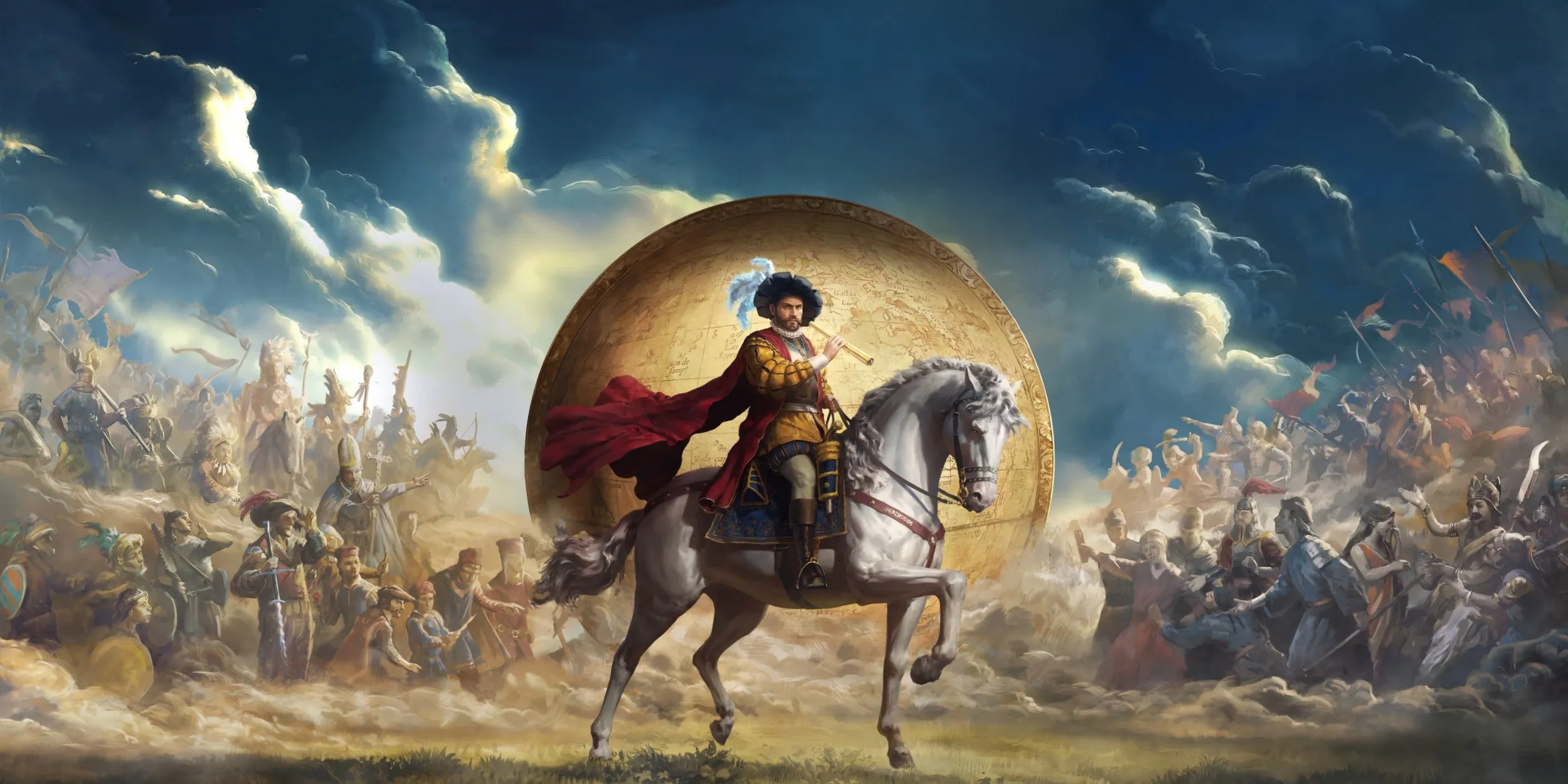Copyright telegraphindia

October is the season of mellow fruitfulness in Manipur. For the still largely agrarian society, this is the season when mile upon mile of rice paddy ripens golden yellow awaiting harvest, bringing a sense of restful satisfaction to its population. Ironically, October is also Manipur’s cruellest month: a month during which a ghost from the past returns to haunt it. High-decibel debates explode on local television, newspapers and the noisy town squares of social media recalling the coerced merger of Manipur with India on October 15, 1949. This year, the debates were hotter. In an ill-timed move, on October 8, the Manipur government demolished an aging residence, Redlands, belonging to the erstwhile Manipur royalty in Shillong, the then capital of Assam. After a controversy broke out, the government clarified that the demolition was only meant to renovate the bungalow. Redlands, standing on 1.93 acres of estate on a scenic hillside in Laitumkhrah, is where the last king of Manipur, Maharaja Bodhachandra Singh, was held under house arrest during a routine visit till he agreed to sign the Manipur merger document. Every October, dog-eared arguments on the legality of the king signing the agreement come to life. Manipur was a constitutional monarchy by then, governed by an assembly since 1948 that was elected democratically under a 1947 Constitution. The king, according to his personal assistant, Sanasam Gourahari, cited in Haobam Bhuban’s book, The Merger of Manipur, had promised the governor of Assam, Sri Prakasa, and his adviser, Nari Rustomji, that he would sign the merger but requested to be allowed to return to his state first to consult his ministers. But this was never conceded. In his book, Enchanted Frontiers, Rustomji sketches a picture of the urgency they were in. He and Sri Prakasa had travelled to Bombay earlier to consult the then ailing Sardar Patel on the matter. Patel was on his sick bed when they were ushered into his room. The only other furniture in the room was another bed parallel to Patel’s where they were asked to sit. The governor nervously briefed Patel that of the two princely states left to merge with India in the Northeast, Tripura is unlikely to be a problem but Manipur may be. Patel softly queried, “Whether we had not a Brigadier in Shillong.” Nothing else was said and after an awkward spell of silence, “Patel’s daughter Maniben signalled the interview was over.” The Shillong episode did not have to take the turn it did for in all likelihood, Manipur would have agreed to a merger. It had already signed the Instrument of Accession on August 11, 1947, handing over charges of defence, external affairs and communication to the new Indian Union. Technically it remained independent, but a negotiated settlement was expected. There was also a section of its population campaigning for complete merger. But India at the time was in a hurry to finalise its national boundaries. Much water has flowed down the rivers of Manipur ever since but in the state’s troubled and insecure moments, the ghost of Redlands never fails to return to become a convenient handle to shift the blame for its ills in a manifestation of the Freudian ego defence mechanism of ‘rationalisation’. Freud’s other work, Mourning and Melancholia, is a prescription for exorcising these demons of the subconscious mind. In mourning, the griever confronts and bids farewell to his troubled past without forsaking its memory altogether. In melancholia, the grief itself begins to be a gratification, trapping the griever perpetually and destructively in it. Alfred Hitchcock’s film, Marnie, and Christopher Nolan’s Inception deal with this painful inner struggle poignantly. In both, the protagonists trapped in melancholia find freedom only after they have the courage to seek and confront the sources of their anxieties and reconcile. An empathetic arbiter is an asset in such a reconciliation. The Redlands is one such arbiter. But Manipur has many demons to confront and exorcise itself. Pradip Phanjoubam is editor, Imphal Review of Arts and Politics



